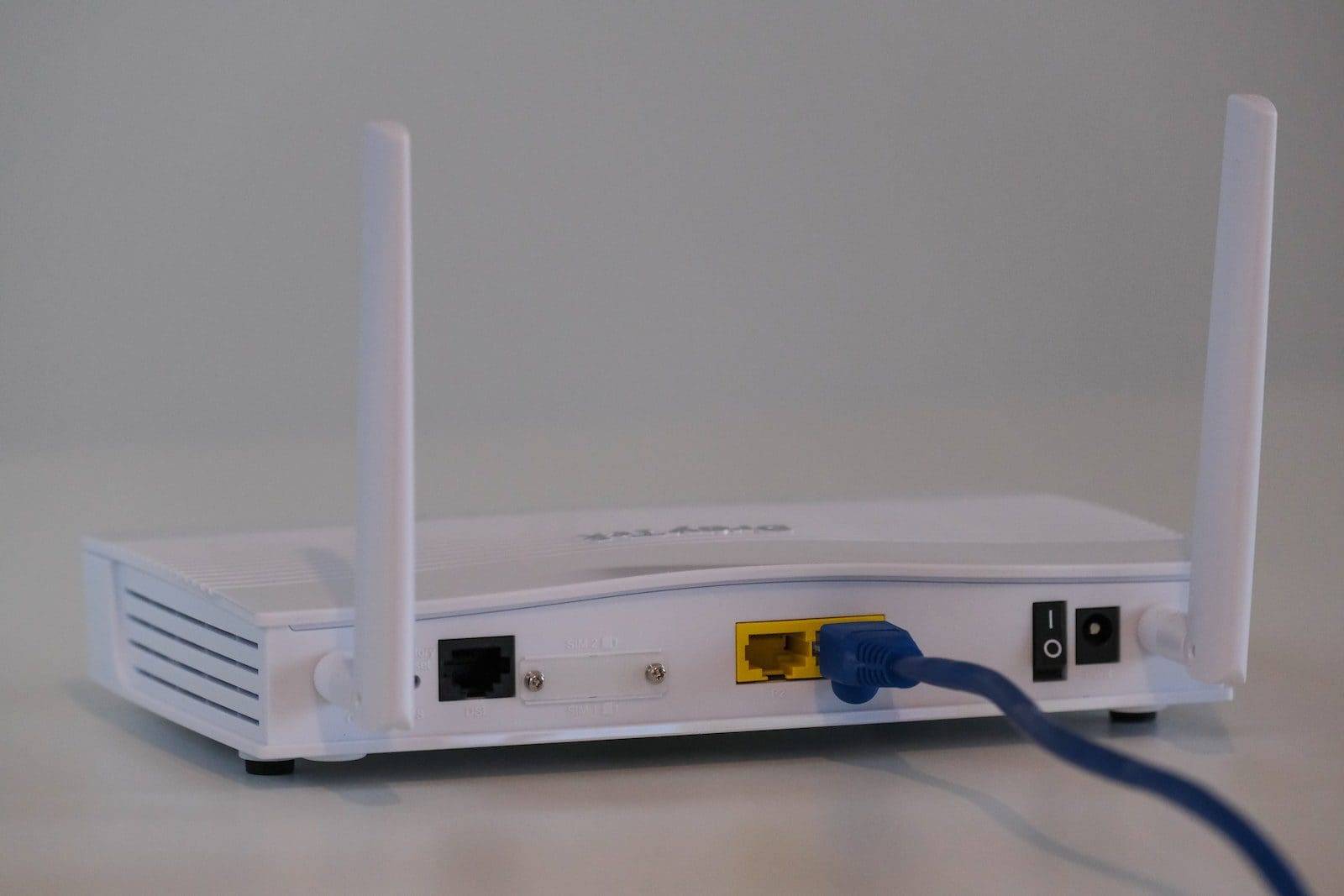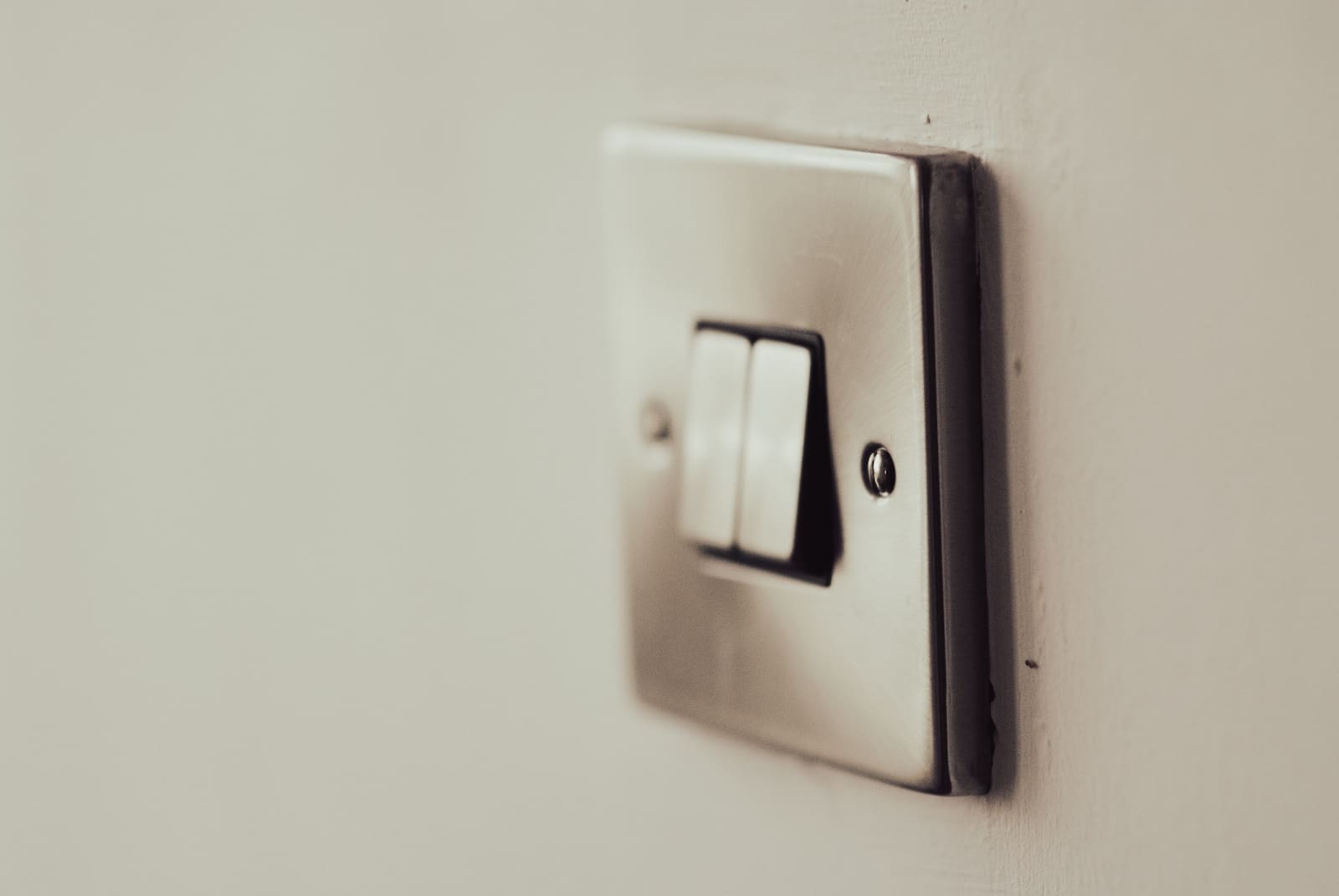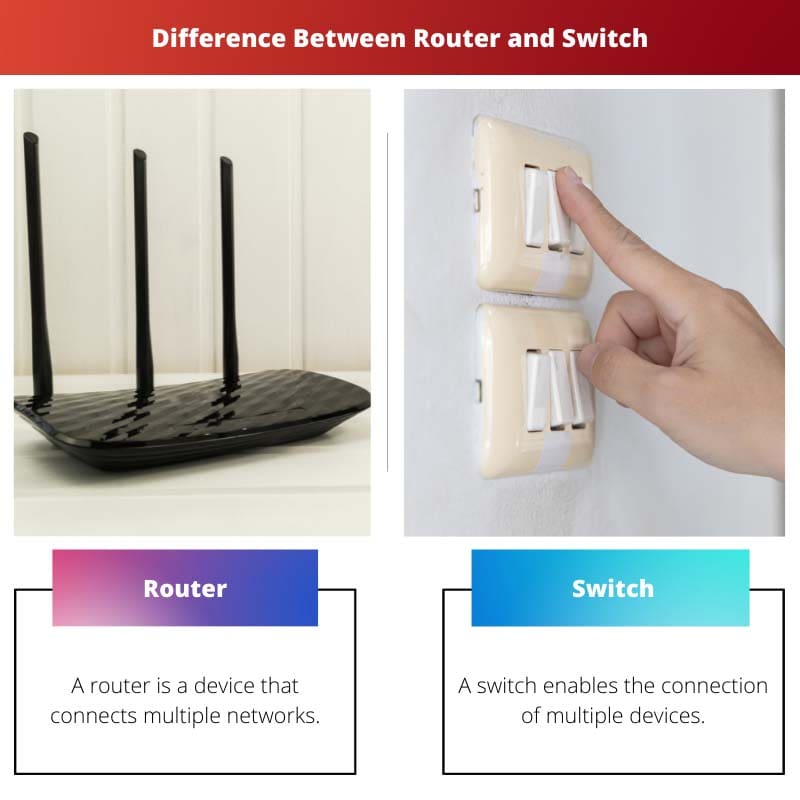A router connects different networks and manages traffic between them, while a switch connects devices within the same network, directing data to specific devices. Routers operate at the network layer, handling IP addresses, while switches operate at the data link layer, using MAC addresses for communication.
Key Takeaways
- Routers are network devices facilitating communication between networks, determining the best path for data packets to travel from source to destination using IP addresses.
- Switches are network devices that connect devices within a single network, forwarding data packets based on MAC addresses, enabling more efficient and targeted communication within a local area network (LAN).
- The primary difference between routers and switches lies in their function and use within a network, with routers connecting different networks and using IP addresses. In contrast, switches focus on connecting devices within a single network using MAC addresses.
Router vs Switch
The difference between Router and Switch is that Router enables the computer or system to get connected with multiple networks simultaneously, while Switch enables connections to various devices simultaneously.

However, the above is not the only difference. A comparison between both the terms on specific parameters can shed light on subtle aspects:
Comparison Table
| Feature | Router | Switch |
|---|---|---|
| Function | Connects different networks (e.g., LAN, WAN, Internet) | Connects devices within a single network |
| Data transmission | Packets (IP addresses) | Frames (MAC addresses) |
| Layer of OSI model | Network (Layer 3) | Data Link (Layer 2) |
| Routing decisions | Based on IP addresses and routing tables | Based on MAC addresses and MAC address table |
| Typical use cases | Connecting homes, businesses, and organizations to the internet | Connecting computers, printers, and other devices within a local network |
| Number of ports | Few (4-8) | Many (8-48) |
| Switching speed | Lower (100 Mbps – 1 Gbps) | Higher (1 Gbps – 100 Gbps) |
| Broadcast domains | Each port is a separate broadcast domain (unless configured with VLANs) | One broadcast domain per switch (unless configured with VLANs) |
| Security features | Firewalls, NAT, ACLs | Limited security features |
| Cost | More expensive | Less expensive |
| Complexity | More complex to configure | Easier to configure |
What is Router?
A router is a networking device that operates at the network layer (Layer 3) of the OSI model, facilitating communication between different networks. It plays a crucial role in directing data packets from one network to another, making decisions based on destination IP addresses. Here’s a detailed breakdown:
Routing Functionality
Routers use routing tables to determine the optimal path for data packets to reach their destination. They analyze the destination IP address of each packet and make decisions to forward the data to the appropriate next hop. This enables the interconnection of disparate networks, such as local area networks (LANs) or wide area networks (WANs).
Network Address Translation (NAT)
Routers employ Network Address Translation (NAT) to map private IP addresses within a local network to a single public IP address. This allows multiple devices in a private network to share a single public IP address, enhancing security and conserving public IP address space.
Protocol Support
Routers support various network protocols, including Internet Protocol (IP), and may handle dynamic routing protocols like OSPF (Open Shortest Path First) or BGP (Border Gateway Protocol). They play a pivotal role in maintaining efficient communication across the complex structure of the Internet.
Security Features
Routers contribute to network security by implementing features like firewalls, access control lists (ACLs), and virtual private network (VPN) support. These features help protect the network from unauthorized access and ensure secure data transmission.
Interfaces
Routers have multiple interfaces to connect to different types of networks. These interfaces can include Ethernet ports for wired connections and wireless interfaces for connecting to Wi-Fi networks.

What is Switch?
A switch is a networking device that operates at the data link layer (Layer 2) of the OSI model. Its primary function is to connect multiple devices within the same local area network (LAN) and efficiently manage the flow of data between them.
Features and Operation
- MAC Address Learning:
- Switches use MAC addresses to forward data to the appropriate devices in the network.
- Upon receiving a frame, the switch learns the source MAC address and associates it with the port through which the frame arrived.
- Forwarding Tables:
- Switches maintain a forwarding table that maps MAC addresses to the corresponding switch ports.
- This table enables the switch to make forwarding decisions based on destination MAC addresses.
- Broadcast and Collision Domains:
- Switches create individual collision domains for each port, reducing collisions and improving network efficiency.
- Broadcast domains are also segmented, limiting broadcast traffic to the devices within the same VLAN (Virtual Local Area Network).
- Frame Filtering:
- Switches filter frames based on MAC addresses, delivering them only to the intended recipients.
- This reduces unnecessary traffic and enhances overall network performance.
- VLAN Support:
- Switches support Virtual LANs (VLANs), allowing network segmentation and logical grouping of devices.
- VLANs enhance security, manageability, and flexibility in network design.
- Full-Duplex Communication:
- Switches support full-duplex communication, enabling simultaneous data transmission and reception on a port.
- This contrasts with shared environments, like hubs or half-duplex configurations, where devices contend for the same communication medium.
- Managed vs. Unmanaged Switches:
- Managed switches offer advanced features such as VLAN configuration, Quality of Service (QoS), and remote management.
- Unmanaged switches operate with default settings and are simpler, used in basic home or small office setups.
Use Cases
- Enterprise Networks:
- Switches are fundamental components in enterprise networks, providing efficient and secure connectivity for a large number of devices.
- Data Centers:
- In data centers, switches facilitate high-speed communication between servers and other networked devices.
- Home Networks:
- Basic switches are used in home networks to interconnect devices like computers, printers, and smart devices.
- Industrial Networks:
- Industrial switches are designed to withstand harsh environments and are used in industrial automation and control systems.

Main Differences Between Router and Switch
- Function:
- Router: Connects different networks, manages traffic between them, and operates at the network layer (Layer 3).
- Switch: Connects devices within the same network, directs data to specific devices, and operates at the data link layer (Layer 2).
- Addressing:
- Router: Uses IP addresses to make forwarding decisions.
- Switch: Uses MAC addresses to forward data within the local network.
- Traffic Management:
- Router: Manages traffic between different networks, enforcing policies, and performing routing based on IP addresses.
- Switch: Manages traffic within a network, creating individual collision domains for each port, and forwarding frames based on MAC addresses.
- Layer of Operation:
- Router: Operates at the network layer (Layer 3).
- Switch: Operates at the data link layer (Layer 2).
- Broadcast Domains:
- Router: Acts as a boundary for broadcast domains, limiting broadcast traffic.
- Switch: Segments broadcast domains within the same VLAN.
- Device Connection:
- Router: Connects to multiple networks and may connect to switches or other devices.
- Switch: Connects devices within the same local network.
- Routing vs. Switching:
- Router: Makes routing decisions based on IP addresses, determining the best path for data between different networks.
- Switch: Makes switching decisions based on MAC addresses, directing data within the same network.
- Typical Use Cases:
- Router: Commonly used in WANs (Wide Area Networks) and to connect networks with different IP subnets.
- Switch: Essential in LANs (Local Area Networks) for connecting devices within the same network.
- Flexibility:
- Router: Offers more flexibility in network design and supports diverse protocols.
- Switch: Provides efficient and high-speed connectivity within a local network but with less protocol flexibility compared to routers.
- Managed vs. Unmanaged:
- Router: Almost always a managed device with configuration options.
- Switch: Can be either managed or unmanaged, with managed switches offering advanced features like VLAN configuration and QoS.
- Example Scenario:
- Router: Connects a home network to the internet, handling communication between devices in the home and servers on the internet.
- Switch: Connects computers, printers, and other devices within an office network, facilitating communication within the same local network.

- https://kilthub.cmu.edu/ndownloader/files/12074552
- https://ieeexplore.ieee.org/abstract/document/1268581/
Last Updated : 11 February, 2024

Sandeep Bhandari holds a Bachelor of Engineering in Computers from Thapar University (2006). He has 20 years of experience in the technology field. He has a keen interest in various technical fields, including database systems, computer networks, and programming. You can read more about him on his bio page.

I was aware of the basic differences between routers and switches, but this article provided a comprehensive breakdown of their functions and operations. Well done!
Indeed, it’s essential to understand the distinctions between routers and switches for a more in-depth comprehension of computer networking.
The breakdown of routing functionality and switch features was presented in a straightforward manner, enabling an easier understanding of their roles in a network.
The detailed comparison between routers and switches, along with the extensive breakdown of their functionalities, provided valuable insights into networking infrastructure.
Absolutely, the article did an excellent job of explaining the technical nuances of routers and switches, which is a commendable feat.
The depth and clarity of the article’s explanation regarding the functionality and differences of routers and switches were exceptional.
This article provided an insightful and detailed analysis of routers and switches, enhancing my understanding of their roles in networking.
I found the breakdown of the routing function and switch features to be very educational and informative, allowing for a comprehensive understanding of these networking devices.
Absolutely, the article was instrumental in enhancing my knowledge of routers and switches, their functions, and their significance within a network.
The article effectively conveyed the complexities of routers and switches in a manner that’s easily comprehensible for readers. Kudos to the author!
This was a very informative article, it’s interesting to learn the technical details behind networking devices such as routers and switches. Great job!
I found the comparison table and the detailed descriptions of router and switch functionalities to be particularly beneficial. Well done!
Absolutely, the breakdown of routing and switching mechanisms in the article was exceptional, providing valuable insights into networking devices.
Indeed, the technical comparison and detailed explanations in the article offered a comprehensive understanding of routers and switches.
I found the in-depth breakdown of routing functionality and switch features to be incredibly helpful and well-explained.
Agreed, the article effectively communicated the technical aspects of routers and switches in a clear and understandable manner.
Absolutely, the detailed features and operations of both routers and switches were thoroughly explained, which is commendable.
I appreciate the concise comparison between routers and switches, it offered a solid understanding of their respective functions and usability in network environments.
Absolutely, the author’s detailed explanation of the differences between routers and switches provides valuable insights for those seeking to understand networking concepts.
The clarity and depth of the article in distinguishing the functions of routers and switches are highly commendable. It provided an excellent learning experience.
The detailed comparison table and the breakdown of router and switch functionalities were very enlightening. I appreciate the clarity of this article.
Absolutely, the article did an excellent job of highlighting the nuances and functionality differences between routers and switches.